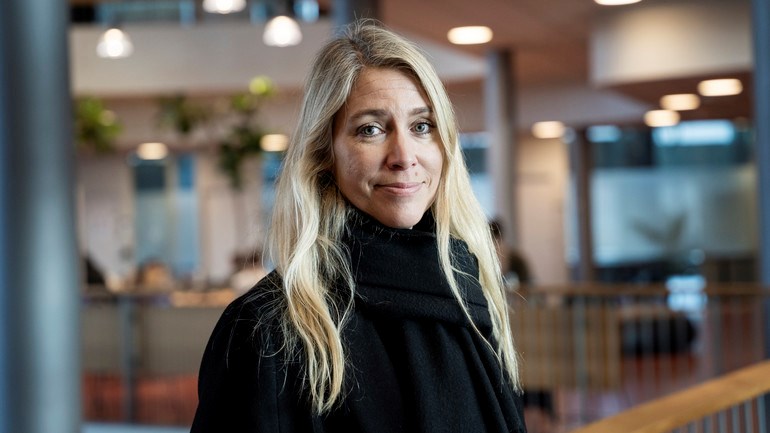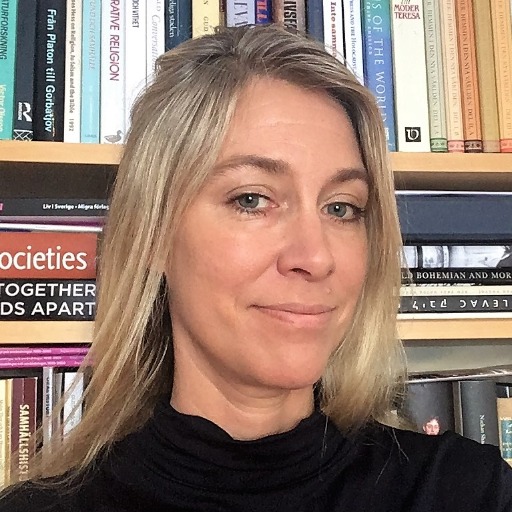The remembering and forgetting of the victims and the survivors of the Holocaust

The Holocaust has become part of our historical and cultural heritage. This may explain the renewed interest in the graves of Jewish and Roma survivors of the Holocaust, says Malin Thor Tureby, Professor of History.
It was primarily the survivors of the Holocaust who kept the memory of the dead alive in Sweden. However, interest in the graves and memorial sites has increased, and remembering has become a national concern, according to new research.
A number of seriously ill Holocaust survivors who came to Sweden at the end of the Second World War died shortly after arrival. They were buried in various locations around Sweden and their graves had been more or less forgotten for years.
The meaning of a place changes over time and takes on different meanings for different people.
Malin Thor Tureby
In her research, Malin Thor Tureby, professor of history, examines how we remember and commemorate those murdered and the role of the survivors in this commemoration work. She has looked at how Catholic and Jewish Holocaust survivors buried in cemeteries around Sweden have been forgotten and remembered over time.
“Overall, my research shows that the survivors have been very keen to take care of the graves and memorials of those murdered by the Nazis. You may think that it should be the state, but it is the Jewish or Catholic minorities that have been very active in this preservation," says Thor Tureby.
It was also at the Jewish cemeteries that the first Holocaust monuments were erected. A memorial stone was erected at the Jewish cemetery in the city of Kalmar as early as autumn 1945. Behind most of the early monuments was often a desire to have a place to mourn and remember, not to create a place that would inform society about the Holocaust.
Our knowledge of the survivors who died shortly after arrival and who are buried in various locations is sometimes very limited. Even Jewish communities do not know much about those buried at the end of the war, but over time the graves have become important places to hold memorial services. In Kalmar, for example, there is no longer a Jewish community, but many residents visit the graves of survivors on memorial days.
“The meaning of a place changes over time and takes on different meanings for different people. When the survivors arrived in 1945, the general perception was that the Holocaust was something that had struck them and the Jewish population in Europe. Today we have the view that the Holocaust is something that concerns us all. It has become part of Swedish history and cultural heritage; this may explain why there is a renewed interest in these graves.
The Auschwitz-Birkenau death camp was liberated on 27 January 1945 and the date has been a national day of remembrance in Sweden since 2001. In Israel, there has been a day of remembrance for much longer, Yom Hashoa, which usually falls in April or May to mark 19 April 1943, when the Warsaw Ghetto Uprising began. In Jewish circles in Sweden, this day was commemorated in the years after the Holocaust, and still is today. Since 2015, 2 August is also an official day of remembrance in the EU, commemorating the Nazi genocide of the Roma people.
“The different days of remembrance and how, where and when they were established say something about who and what should be remembered. You can see how the culture of remembrance has changed over time. Remembering has thus become a national and international concern long after the Holocaust. Since the war, Holocaust survivors have been driving forces in advancing knowledge and honouring the memory of the murdered," says Thor Tureby.
Text: Marc Malmqvist & Adrian Grist
